Enhanced translation by Nucleolin via G-rich elements in coding and non-coding regions of target mRNAs
- PMID: 21737422
- PMCID: PMC3201861
- DOI: 10.1093/nar/gkr488
Enhanced translation by Nucleolin via G-rich elements in coding and non-coding regions of target mRNAs
Abstract
RNA-binding proteins (RBPs) regulate gene expression at many post-transcriptional levels, including mRNA stability and translation. The RBP nucleolin, with four RNA-recognition motifs, has been implicated in cell proliferation, carcinogenesis and viral infection. However, the subset of nucleolin target mRNAs and the influence of nucleolin on their expression had not been studied at a transcriptome-wide level. Here, we globally identified nucleolin target transcripts, many of which encoded cell growth- and cancer-related proteins, and used them to find a signature motif on nucleolin target mRNAs. Surprisingly, this motif was very rich in G residues and was not only found in the 3'-untranslated region (UTR), but also in the coding region (CR) and 5'-UTR. Nucleolin enhanced the translation of mRNAs bearing the G-rich motif, since silencing nucleolin did not change target mRNA stability, but decreased the size of polysomes forming on target transcripts and lowered the abundance of the encoded proteins. In summary, nucleolin binds G-rich sequences in the CR and UTRs of target mRNAs, many of which encode cancer proteins, and enhances their translation.
Figures



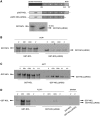
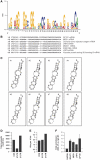
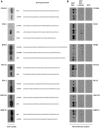
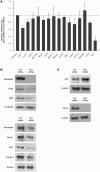
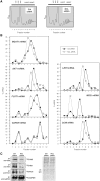
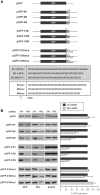
References
-
- Moore MJ. From birth to death: the complex lives of eukaryotic mRNAs. Science. 2005;309:1514–1518. - PubMed
-
- Mitchell P, Tollervey D. mRNA stability in eukaryotes. Curr. Opin. Genet. Dev. 2000;10:193–198. - PubMed
-
- Orphanides G, Reinberg D. A unified theory of gene expression. Cell. 2002;108:439–451. - PubMed
Publication types
MeSH terms
Substances
Grants and funding
LinkOut - more resources
Full Text Sources
Other Literature Sources
Molecular Biology Databases

